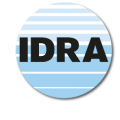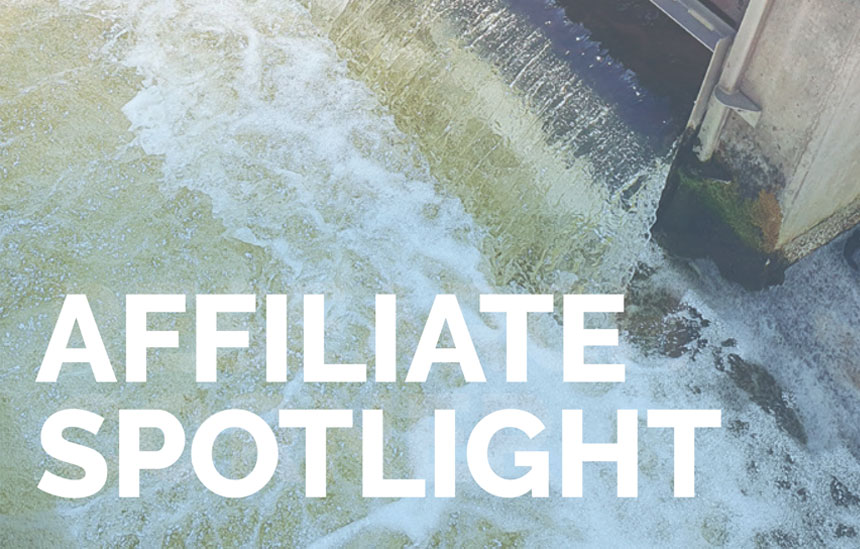Published on IDRA Global Connections Fall 2021 Issue
By Dr. Domingo Zarzo, President of the Spanish Desalination and Reuse Association (AEDyR)
Water scarcity and imbalance between regions have forced many countries to include in their hydrological planning non-conventional water resources such as desalination and reuse, which will be increased without doubt due to the effects of climate change, population growing and water demands from different activities,
such as agriculture (as the main global water consumer). Spain is no exception and these additional resources have been growing for many years turning both our country and industry into international benchmarks.
Reuse not only responds to growing water demands, but it is also an important tool for environmental protection of water bodies (reducing extraction and discharges) and
delves into water saving, sustainability and circular economy.
At European level the estimated volume of reclaimed water is close to 1,000 Hm3/year, accounting approximately 2.4% of the treated wastewater in the European Union,
although some countries have much higher rates, such as Cyprus (close to 100%) and Greece, Spain and Italy with values between 5 and 13%.
Spain leads the European reuse with almost half of the total volume and it is ranked fifth in the world in terms of installed capacity. 27% of the 2,000 WWTPs have tertiary treatments including large plants with advanced technologies (membranes, advanced oxidation and disinfection, etc.). Distribution of reuse within Spain is very uneven. More than 80% of the total is concentrated in the Valencian Community, Murcia, Andalusia, Canary Islands and Balearic Islands (the areas with greater water stress and important agricultural activity), with Murcia Region representing the higher reuse rate, close to 90% of treated wastewater and agriculture irrigation as the main consumer (49% in 2020).
From the point of view of the river basins, the contribution of the Jucar and Segura river basins (SE of Spain, Mediterranean coast) represents about 60% of the whole reuse in Spain.
The incorporation of this water resource within the hydrological planning requires to take into account several important aspects; the applicable legal framework, the elimination of health risks through regulation, risk analysis, best practices and technologies, a competitive price including transport to the end user, and the conscious acceptance of end users through appropriate communication.
Thus, without doubt, one of the greatest challenges to the global implementation of reuse is the regulation, which not only has a great disparity throughout the world but is also practically non-existent in many countries, representing an important barrier to the use of reclaimed water and other related economic activities such as agriculture.
Spain incorporated reuse regulation to the law by means of the Royal Decree 1620/2007, which has been an important tool to develop and to order the application of reclaimed water to different uses (14 uses grouped into 5 categories; urban, agriculture, recreational and environmental uses, with different water quality requirements) and setting the procedures for authorizations, concessions, control, etc.
This has been the legal framework in effect for all the reuse activities in Spain until past year, when European Union launched the Regulation (EU) 2020/741 on minimum requirements for water reuse. This Regulation applies only to the reuse for agriculture (by establishing 4 different water qualities for different conditions) and leaves the rest of uses (industrial, environmental, etc.) up to the Member States.
From the industry point of view there are room for improvement in Spanish regulation; on one hand, direct potable reuse is forbidden by law (except in the non well defined “emergency situations”), which probably should be re-considered in a near future, and on the other hand the use of reclaimed water in industry for cooling or heating applications is very restricted due to the fear expressed by the health authorities to legionella, which limits the largest potential use in industry also generating mistrust in the potential users.
Speaking about health is very interesting to mention the role that wastewater treatment and reuse have played in the detection of the SARS-CoV-2, not only helping to the health authorities to detect and to quantify the epidemic outbreaks but also demonstrating the absence of the virus in treated wastewater and reclaimed water and therefore their safety and quality.
And finally, I would like to remark that after the more than a year of pandemic and economic crisis, a hopeful future opens up over the potential reuse growing thanks to the different financial instruments which have been recently launched and can be applied to reuse:
- The so-called “Next Generation” European funds for reconstruction (approximately EUR 140,000 million for Spain for the period 2021-2026) where one of its pillars
is the Ecological Transition - The Spanish plan DSEAR (acronym for wastewater treatment, sanitation, efficiency, saving and reuse) endowed with EUR 10,000 million for the next 18 years, and
- The European R&D program called HORIZON EUROPE, with an investment of EUR 100,000 million for the period 2021-2027, whose objectives are the fight against climate change, the contribution to the UN Sustainable Development Goals and boosting the Union’s competitiveness and growth.




